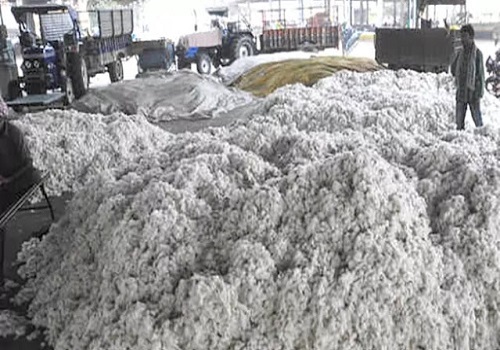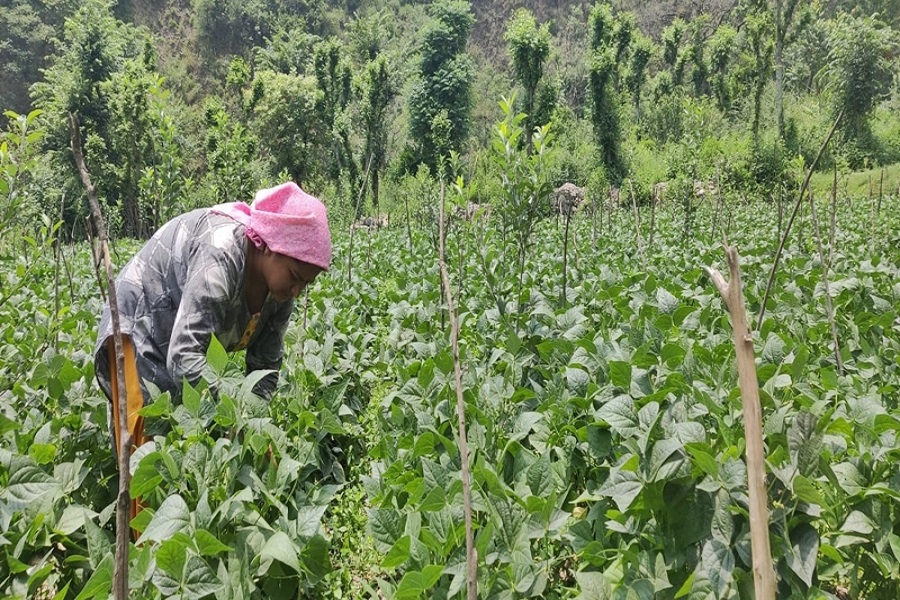Cotton Market Unveils Shifting Trends: U.S. Faces Production Decline, Global Landscape Altered by Amit Gupta, Kedia Advisrory

The 2023/24 U.S. cotton forecast reveals a 342,000-bale drop in production, impacting exports and ending stocks. Meanwhile, global dynamics witness higher world production, lower consumption in key nations, and a 2.0 million bale surge in world ending stocks.
Highlights
Lower Production: The U.S. cotton production for the 2023/24 season is forecasted to be 12.4 million bales, which is 342,000 bales lower than previously estimated. The reduction is primarily attributed to decreases in production in Texas.
Lower Exports: The forecast for U.S. cotton exports for the same period is 100,000 bales lower, indicating a potential decline in international shipments.
Lower Ending Stocks: Ending stocks for the 2023/24 season are projected to be 2.9 million bales, reflecting a reduction of 200,000 bales. This suggests that the available stock at the end of the season will be lower than previously anticipated.
Lower Season-Average Price: The season-average upland price received by farmers is expected to be 76 cents per pound, which is 1 cent lower than the previous estimate.
Higher World Ending Stocks: The global forecast for ending stocks in the 2023/24 season is 2.0 million bales higher. This increase is driven by higher beginning stocks and production, coupled with lower consumption.
Lower World Consumption: World consumption for the 2023/24 season is anticipated to be 1.3 million bales lower than the previous estimate. Reductions in consumption are expected in countries including India, Indonesia, Pakistan, Uzbekistan, and Turkey.
Higher World Production: World cotton production for the same season is projected to be 260,000 bales higher. This increase is attributed to a rise in China's crop by 500,000 bales and higher production in Argentina, partially offset by lower U.S. production.
Little-Changed World Trade: Despite the changes in various factors, world trade is reported to be relatively stable. An increase in China's projected imports is offset by reductions in Indonesia, Pakistan, and several smaller countries.
Conclusion
As the cotton market navigates through a U.S. production decline and global shifts, challenges emerge with lower exports and ending stocks. The intricate balance of higher world production and reduced consumption underscores the industry's resilience and adaptability in responding to evolving market conditions. Stakeholders must stay agile in navigating these changes, ensuring a sustainable and thriving future for the global cotton market.
Above views are of the author and not of the website kindly read disclaimer
























